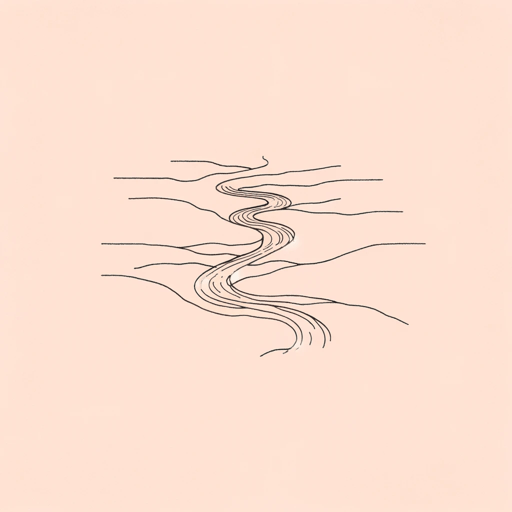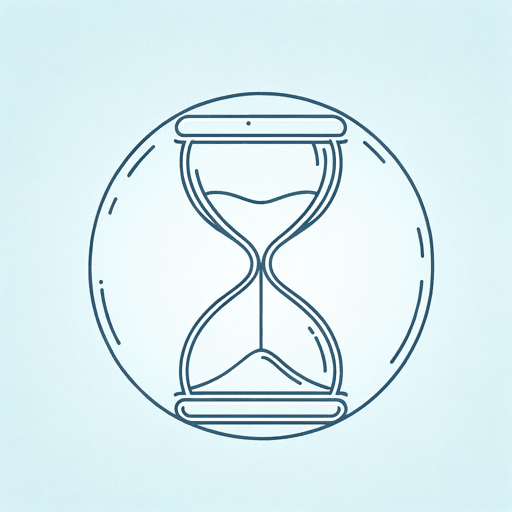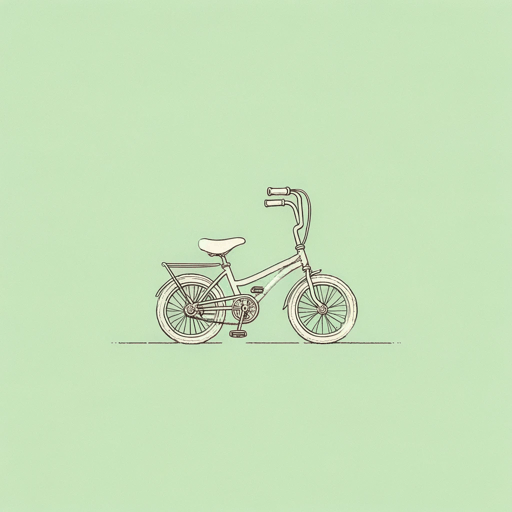28 pages • 56 minutes read
Linda PastanDreams
Fiction | Poem | Adult | Published in 1979A modern alternative to SparkNotes and CliffsNotes, SuperSummary offers high-quality Study Guides with detailed chapter summaries and analysis of major themes, characters, and more.
Symbols & Motifs
The Sea, Sand, and Shore
Pastan plays with the dual associations of sand, the beach, and the Sandman. The Sandman, a slumber delivery man, turns up in western folklore and pop culture. He often sends people off to dreamland by sprinkling sand in their eyes. Also, people call the mucus discharged around the eyes during sleep “sand.”
Pastan evokes the slipperiness of dreams by transitioning from one connotation into the next. Because most people know rheum (the watery liquid discharge from the eye) as sand rather than as rheum, readers instantly think of sand when Pastan says, “a particle of sleep / caught in the eye” (Lines 12-13). Pastan then explicitly uses “sand” in the following line. She explains that dreams mirror sands’ irretrievability “when the sea creeps up” (Lines 14-15). Through these two lines, Pastan expands the tie between sleep and sand beyond just a cultural trope into a statement about the essential experience of dreams. The quick flow from sand to sea to a shoreline increases the slippery feeling.
Water, especially the sea, often symbolizes the unexplored depths of the human mind hidden by the calm surface. Water can also represent liminality: Water easily shifts between solid, liquid, and gas forms.
Related Titles
By Linda Pastan
Featured Collections
Aging
View Collection
Appearance Versus Reality
View Collection
Grief
View Collection
Jewish American Literature
View Collection
Memory
View Collection
Nostalgic Poems
View Collection
Poetry: Perseverance
View Collection
Required Reading Lists
View Collection
Short Poems
View Collection
Valentine's Day Reads: The Theme of Love
View Collection





